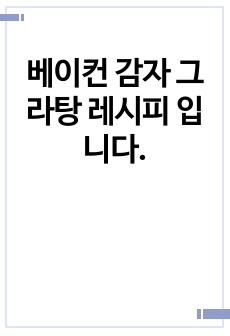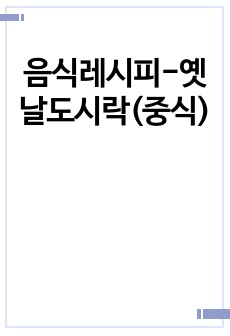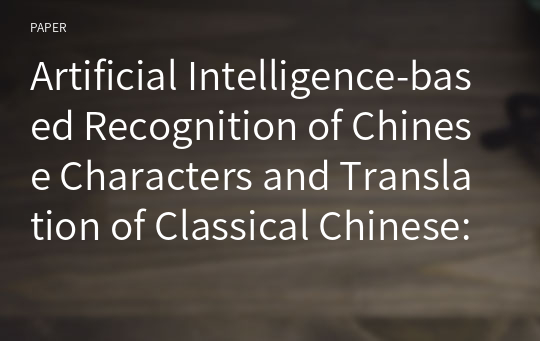Artificial Intelligence-based Recognition of Chinese Characters and Translation of Classical Chinese: Focusing on the Current State of Korea
* 본 문서는 배포용으로 복사 및 편집이 불가합니다.
서지정보
ㆍ발행기관 : 세계한자학회
ㆍ수록지정보 : 世界漢字硏究 / 4권 / 2호
ㆍ저자명 : Woojeong KIM
ㆍ저자명 : Woojeong KIM
목차
I. Introduction2. The Evolution of Character Recognition Technology
3. Construction of Database of Chinese Character Forms by UsingCharacter Recognition Technology
3.1. Segmentation Algorithm
3.2. Clustering Algorithm
3.3. Data Cleaning and Inspection
3.4. Construction of an Open Web Service System for Users
4. Evolution of Machine Translation Models and Techniques forImproving Performance
5. Translation of Classical Chinese Texts by Baidu Translator
6. Development of ‘Automatic Translation of Korean Classics Writtenin Chinese’ by the Institute for the Translation of Korean Classics and
7. The Challenges in Machine Translation of Classical Chinese Texts
8. Conclusion
References
영어 초록
This paper introduces the current status of artificial intelligence-based recognition of Chinese characters and machine translation of Chinese characters (Classical Chinese texts), which is currently underway in Korea, and suggests future tasks. For the recognition of Chinese characters, this paper discusses the Chinese character segmentation using the Mask R-CNN algorithm and the Chinese character classification method using the Inception- Resnet-V2 algorithm, and explores the significance and limitations of the construction of Chinese character forms database. Regarding machine translation, this paper looks at the development of machine translation technology from Rule-Based Machine Translation (RBMT) to Neural Machine Translation (NMT); then, introduces the principles of neural network machine translation and techniques applied to improve performance. There are two types of machine translation for Classical Chinese texts: the machine translator provided by Baidu and the translator developed by the Institute for the Translation of Korean Classics (ITKC). Although the Baidu machine translator has various errors, the overall translation performance is somewhat higher than that of ITKC's machine translator. The ITKC's translator performs better than the Baidu translator in certain areas, but falls short of the Baidu translator in translating various types of Classical Chinese texts. In order to improve the performance of the machine translation of Classical Chinese texts, it is necessary tobuild a cloud-based translation platform, expand a high-quality parallel corpus, develop an additional system to improve machine translation performance, and develop a highly reliable translation evaluation method.참고 자료
없음태그
"世界漢字硏究"의 다른 논문
 “Artificial Intelligence and the Expansion of Chinese C..8페이지
“Artificial Intelligence and the Expansion of Chinese C..8페이지 Deciphering the Oracle Bone Script Г and its Derived Id..65페이지
Deciphering the Oracle Bone Script Г and its Derived Id..65페이지 A Study of Phenomena of Borrowing Sound 借音in the Select..37페이지
A Study of Phenomena of Borrowing Sound 借音in the Select..37페이지 The History of the IT Environment of Sinology in Japan19페이지
The History of the IT Environment of Sinology in Japan19페이지 Development of Literature Database of Korean Ritual Stu..19페이지
Development of Literature Database of Korean Ritual Stu..19페이지

























